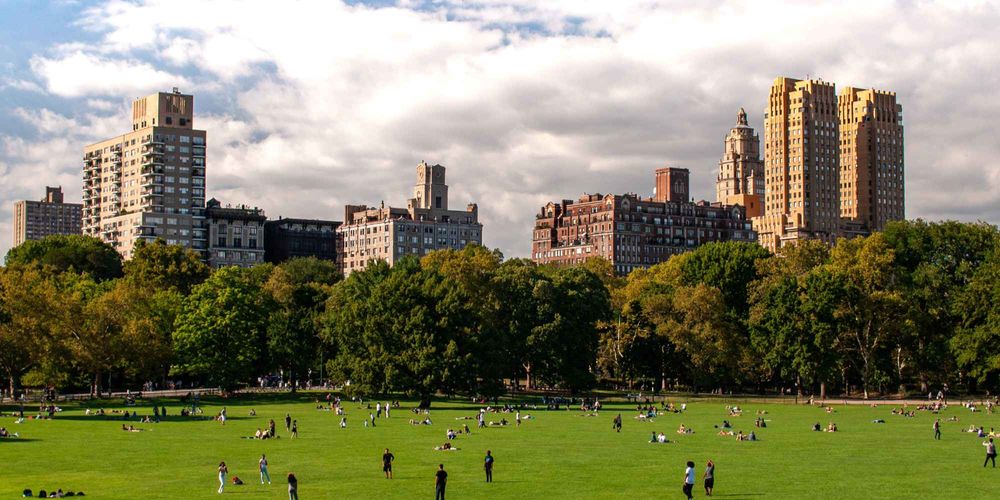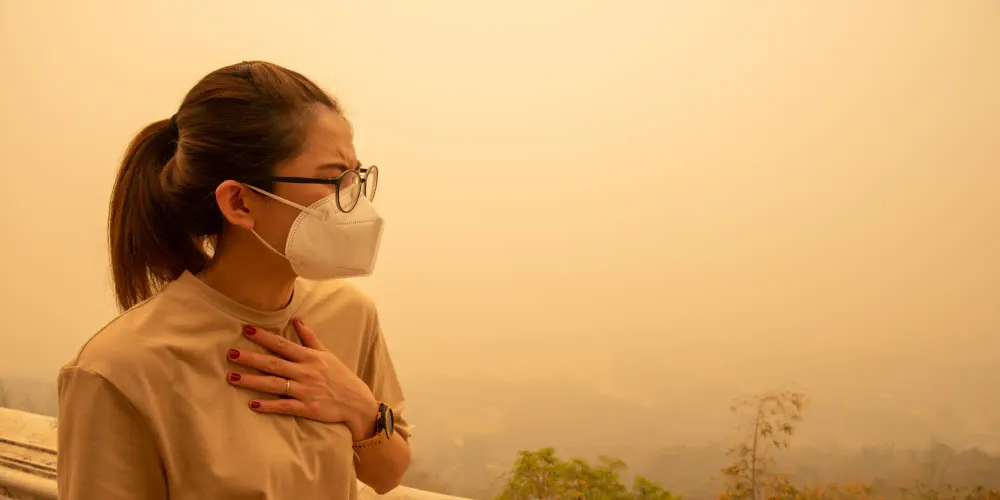Issue 67 • Week of April 30, 2023
Born on April 26, 1822, Frederick Law Olmsted is virtually forgotten today but made one of the most lasting impacts still seen today across the United States through his enduring landscape architecture and its corresponding health, economic, and environmental benefits. He was a staunch abolitionist best for his role in the creation of Central Park. However, he also designed 99 other public parks during his career and influenced an incomparable 6,000 terrains through the work of his sons (including at least 70 notable campuses).
Olmsted and his partner developed Central Park (not without controversy) when Uptown Manhattan was still sparsely populated. He knew the limited space on the island would eventually force people to live closer and closer together, amplifying the existing need for more trees and city parks. His vision could not have been more accurate.
Sadly, these urban oases gradually fell out of favor last century as the automobile accelerated suburban sprawl and downtown decay.
After our society's return to cities, 83% of Americans now live in urban areas. Local parks are no longer a luxury but a critical infrastructure alongside public trails to fight the obesity epidemic as well as increasing temperatures in urban heat islands and flooding due to climate change.
Tourists might believe that we are living in a renaissance of park development after decades of neglect. Yet the high profile projects now making headlines are prolonging historic inequity to city park access. For instance, Little Island in Manhattan was just completed at a cost of $250 million only a block away from the $185 million barely decade-old High Line. Meanwhile, New York City employs fewer than 50 Urban Park Rangers to cover 30,000 acres of public land. Small neighborhood parks attract no wealthy donors and suffer from continued budget cuts despite that community boards rank their importance second to only affordable housing.
How can we restore the legacy of American city parks?
This content is only available to members
Sign up for free to read the potential solutions for this topic and find out what you can do today for a better tomorrow or pre-order our second book that will compile 100 issues on making a difference.
Unlock contentAlready have an account? Sign In



